Calculation example – Re-establishing an inaccessible Reference Station
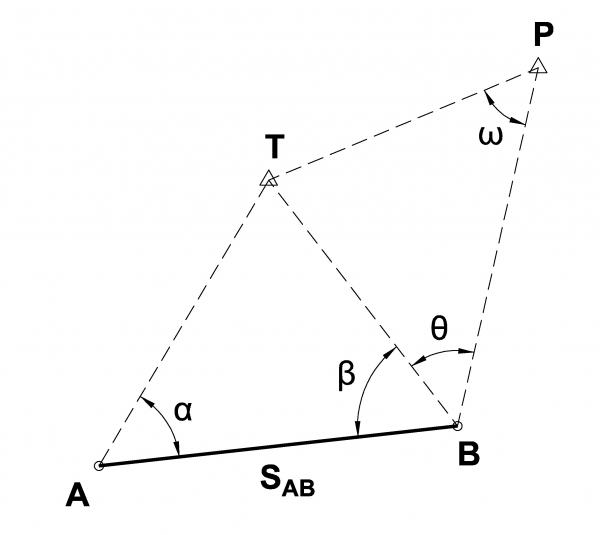
Contents [show]
Re-establish the reference station T (inaccessible by the surveyor) onto position B and calculate the coordinates of stations A and B.
Known values: Angles α, β and θ – Distance (ΑΒ) – Coordinates (XT, YT) and (XP, YP).
Solution: Coordinates (XA, YA) and (XB, YB)
A second reference station P is far but visible from T and B. By occupying station A, measure angle α. From station B, measure angles β and θ. Finally, measure distance SAB.
1. By applying the Second Fundamental Surveying Problem and the known coordinates of reference stations T and P, calculate the bearing angle TP and distance STP:
2. By applying the sine law on triangle TAB, calculate the auxiliary distances STA and STB:
3. By applying the sine law on triangle TΡΒ, calculate angle ω:
4. Then, calculate bearing angles αTA and αTB:
5. Considering the known coordinates of reference station T and applying the equations of the First Fundamental Surveying Problem:
6. For validating the results, apply the following:
Selected Topics
Want to read more like this?

Calculation example – Re-establishing an accessible Reference Station
Sep, 22, 2017 | EducationRe-establish the reference station T (accessible by the surveyor) onto position B and calculate the...

Calculation example - Three Point Resection
Apr, 23, 2017 | EducationDetermine the coordinates of an unknown station P from three (3) previously coordinated reference po...

Calculation example – The intersection method
Sep, 22, 2017 | EducationDetermine the coordinates of an unknown point M (impossible to occupy) visible from two (2) previou...
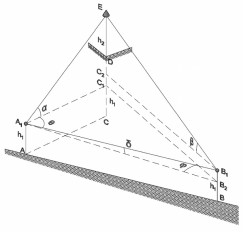
Calculation example - Calculate the height of an object when its base is inaccessible #4
Jun, 26, 2019 | EducationCalculate the height of an object from a baseline when its projected position to the ground is inacc...

Calculation example - Resections
Oct, 18, 2019 | EducationCalculate the coordinates of a distant point Tn, referencing measured angles and coordinates of four...
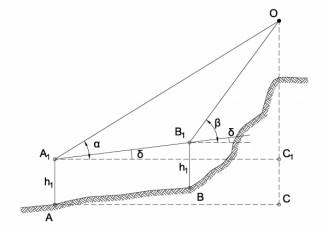
Calculation example - Calculate the height of an object when its base is inaccessible #3
Jun, 26, 2019 | EducationCalculate the height of an object from a baseline when its projected position to the ground is inacc...
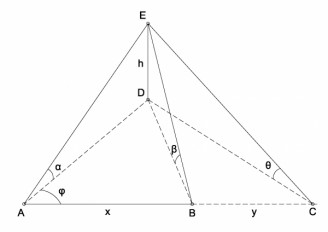
Calculation example - Calculate the height of an object from three angles of elevation
Jan, 20, 2020 | EducationCalculate the height of an object by measuring three angles of elevation only, from stations A, B an...
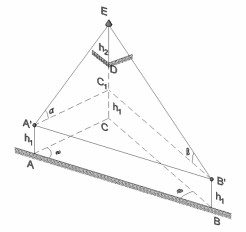
Calculation example - Calculate the height of an object when its base is inaccessible #2
Apr, 19, 2019 | EducationCalculate the height of an object from a baseline when its projected position to the ground is inacc...

Calculation example – Similarity Transformation in 2-D space
Sep, 22, 2017 | EducationCalculate the coordinates of a known point P in an orthogonal coordinate system to a reference ortho...
Trending

Calculation example - Determine the water content within a soil sample

Gauss's Area Calculation Formula

The history of the Golden Gate Bridge
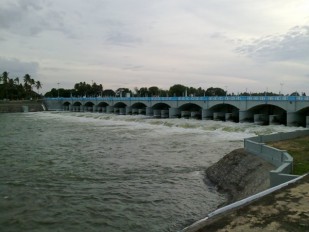
Kallanai Dam (Grand Anicut)
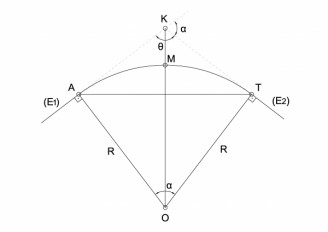
Calculation example – Road design– Circular arc implementation

Minoan Water Harvesting and Distribution (Terracotta Pipes)

Calculation example – Calculate the height of a building

